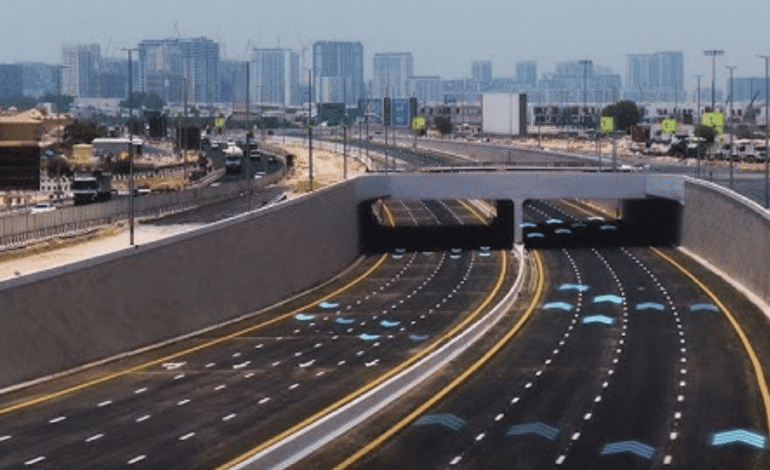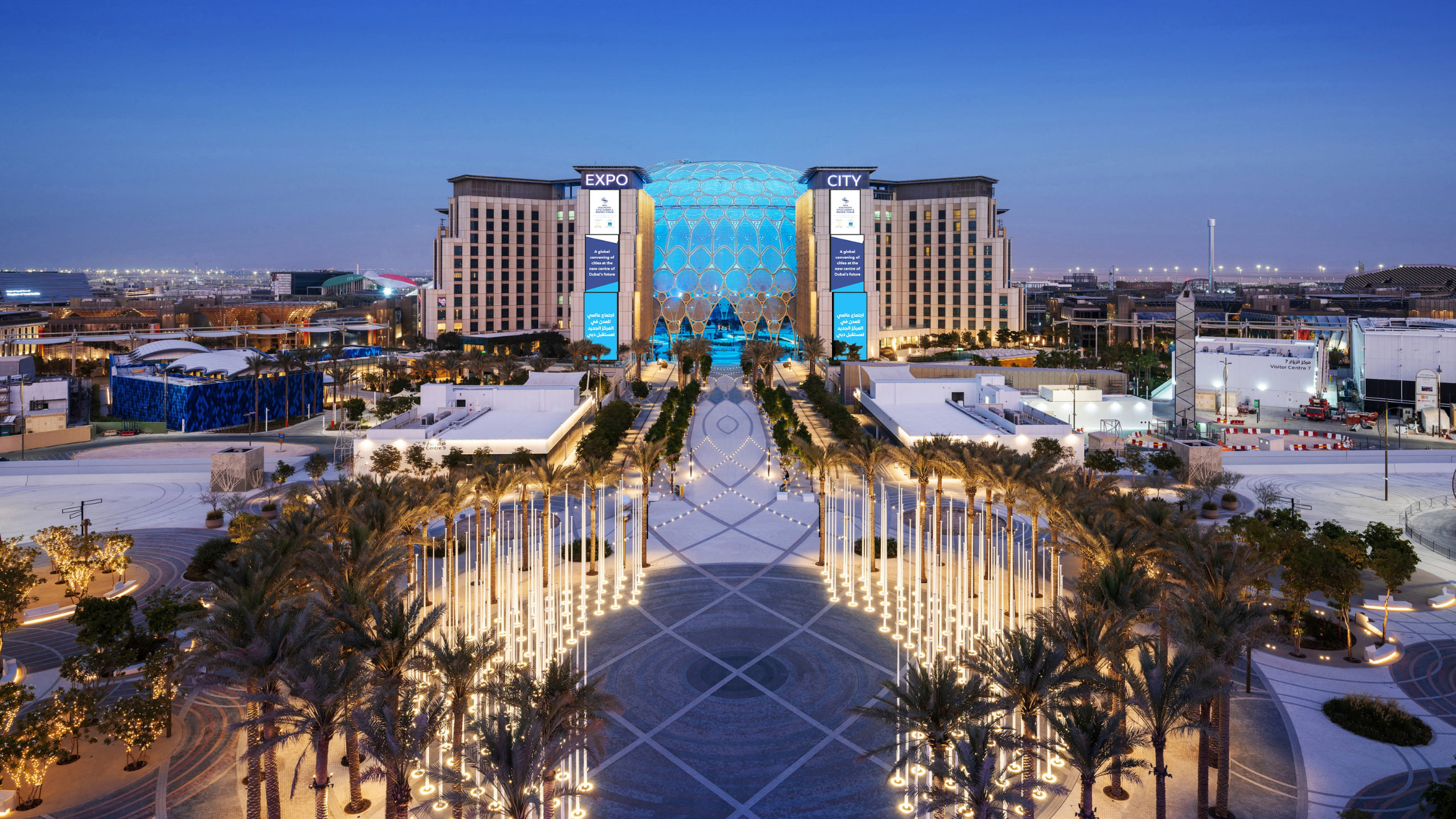Dubai Opens 800-Metre Tunnel, Cutting Travel Time by 61 Percent

Dubai’s Roads and Transport Authority (RTA) has officially opened an 800-metre-long tunnel on Umm Suqeim Street, a key artery in the city’s road network. The tunnel features four lanes in each direction and is expected to dramatically improve traffic flow and reduce travel time for thousands of daily commuters.
This new tunnel is part of the larger Umm Suqeim Street Development Project, which focuses on upgrading the 4.6-kilometre stretch from the intersection with Al Khail Road to Sheikh Mohammed bin Zayed Road. It also contributes to the broader Umm Suqeim–Al Qudra corridor, a 16-kilometre east-west route connecting Jumeirah Street to Emirates Road, vital for enhancing connectivity across Dubai.
The RTA has highlighted that the tunnel can accommodate up to 16,000 vehicles per hour in both directions. This upgrade has led to a remarkable 61% reduction in travel time between Sheikh Mohammed bin Zayed Road and Al Khail Road, cutting the commute from 9.7 minutes to just 3.8 minutes. Such a significant improvement is expected to benefit more than one million residents in key communities including Al Barsha South (Phases 1, 2, and 3), Dubai Hills, Arjan, and Dubai Science Park.
Enhancing Connectivity Among Dubai’s Major Roads
Mattar Al Tayer, Director General and Chairman of the Board at RTA, explained that Umm Suqeim Street is an important connector between four of Dubai’s strategic highways: Sheikh Zayed Road, Al Khail Road, Sheikh Mohammed bin Zayed Road, and Emirates Road. Improving this corridor not only eases congestion but also boosts the efficiency of the city’s transport network by linking east-west roads with vital north-south routes.
The tunnel is one element of the RTA’s comprehensive plan to modernize transverse routes and enhance their capacity and safety. This project aims to keep pace with Dubai’s rapid urban expansion and the rising number of vehicles on its roads.
Intersection and Traffic Management Improvements Near Kings’ School
Alongside the tunnel, the RTA has reconstructed the intersection at Umm Suqeim Street and Al Barsha South Street, close to Kings’ School. This includes both the new underpass tunnel and a signal-controlled surface-level intersection designed to balance traffic flow and minimize bottlenecks. Together, these developments improve traffic fluidity and driver convenience in one of the city’s busiest corridors.
Smart Technologies Streamlining Construction
The RTA employed advanced technologies during the tunnel’s construction to maximize efficiency and accuracy. Artificial intelligence-powered drones were used to collect real-time data, monitor progress, and reduce the time required for field surveys by 60 percent. Time-lapse imaging also played a critical role, increasing monitoring effectiveness by 40 percent. These innovations allowed RTA to closely track construction milestones and ensure quality standards were met without delays.
Previous Upgrades Along Umm Suqeim Street
This tunnel builds on earlier upgrades completed by the RTA. In 2013, Phase I of the Umm Suqeim Street Development Project was finished, covering the stretch between Sheikh Zayed Road and Al Khail Road. That phase included two bridges with three lanes each way, signalised intersections, and three pedestrian bridges for safe crossings between Al Quoz and Al Barsha areas.
Further development occurred in 2020, with the completion of a 500-metre bridge at the junction of Umm Suqeim Street and the Dubai Hills and Al Barsha South entrances. This bridge supports up to 16,000 vehicles per hour and was part of infrastructure improvements to support the Dubai Hills Mall area.
Environmental and Economic Benefits
The tunnel and related upgrades not only reduce travel time but also contribute positively to environmental sustainability. Smoother traffic flow reduces vehicle idling, leading to lower fuel consumption and decreased greenhouse gas emissions. Reduced noise pollution benefits residential neighborhoods close to Umm Suqeim Street.
Economically, these road improvements enhance accessibility to commercial centers, residential communities, schools, and healthcare facilities. Faster travel supports business activities and may raise property values in the surrounding areas, promoting further urban development.
Future Outlook and Completion Plans
The Umm Suqeim Street Development Project is now approximately 70% complete. Once fully finished, the corridor will serve as a major east-west artery, significantly easing the load on other city roads. RTA plans to continue adding pedestrian-friendly features, better lighting, signage, and integration with public transportation to make the corridor safer and more accessible for all users.
This project is part of Dubai’s broader 2040 Urban Master Plan that focuses on sustainable growth, smart infrastructure, and improving quality of life. With ongoing population growth and preparations for international events, the city is prioritizing infrastructure that meets future mobility demands.
Mattar Al Tayer emphasized that projects like the Umm Suqeim tunnel demonstrate Dubai’s commitment to building smart, efficient, and reliable transport systems that keep pace with economic and social development.








1 Comment
[…] Al Msaddi, CEO of fäm Properties, explains, “Etihad Rail is an economic rewire of the UAE. Faster travel means better productivity, more deals, and growth in real estate demand.” For example, a […]
Comments are closed.